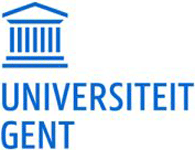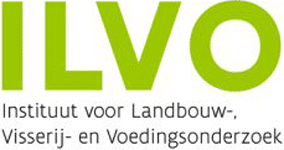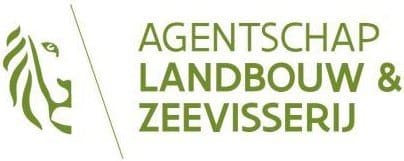The main objective of this demonstration project was to demonstrate that a combination
of protein-rich feeds with phase feeding may give rise to, on the one hand, a
higher use of the total share of home-grown protein feedstuffs and
on the other hand, a reduction in total protein input and nitrogen excretion in the production of
fattening pigs. This may reduce the dependence on soy imports in Flanders
be reduced. Several rations were formulated in this project. In one
demo trial compared different feeding strategies. Both the technical
pig results were examined as nutrient excretions and digestibility
of the feeds. The study also examined the impact of feeds on profitability,
environmental impact and soybean dependency verified. In addition to the demo test, there is also
collaborated with 5 field companies to also obtain real-world results.
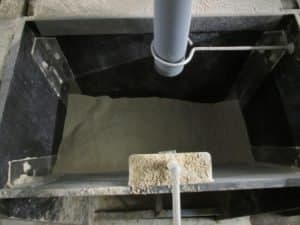
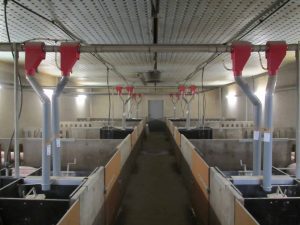
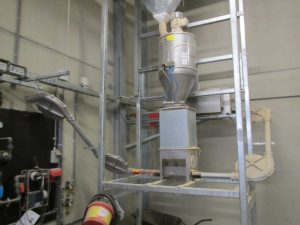
According to the literature, feed cost, N excretion and dependence on the
soya imports decrease when transitioning from two- to multi-phase feeding. In addition, the
zootechnical results and slaughter quality should be comparable at two- and
multi-phase power supply.
The results confirm these assumptions, with the exception of the five-phase feeding.
With the results of the five-phase feeding, one would see a decrease in cost and N excretion
expect compared to the results of three-phase power supply. But in this trial, the
feed cost and N excretion with five-phase feeding slightly higher than with three-phase feeding,
but this can be explained by the specific experimental conditions.
The trial shows that the use of multiphase feeding in combination with alternative
protein sources in the diet of fattening pigs is certainly possible, provided that these
alternative protein sources are sufficiently available.
Apart from some anomalous values at 95 kg and 110 kg, we can say that a
Switching from two-phase power supply to 3 or more phases can help in the
reduction in mineral (nitrogen) excretions. For the anomalous values at 95 kg and 110
kg there is no logical explanation. The occurrence of abnormal values happens more often
since there is always an influence of specific experimental conditions.
In general, expectations are met on most practice farms. The
biggest expectation of pig farmers was a fall in feed cost price. The
However, results appear to be highly variable. On some farms, there appeared to be a strong
decrease in feed costs without compromising on animal results. Other
farms, however, showed an increase in feed costs.
On most farms, there is not a big difference in N-excretion and therefore not met
to expectations that N excretion will decrease with increasing number of phases. But because the
animals achieve a specific growth curve and feed intake in each round, there can actually be
no exact comparison can be carried out.
The results are promising on some farms. But to really form a decision
about the new system and to make a proper comparison, several
rounds to be followed up. In addition, the new systems should further
be optimised to the farm situation and the farmer should also be more
familiarise yourself with the system to get the optimal result
Phase feeding in practice is thus certainly feasible and can contribute to further
Pig farming optimisation.

